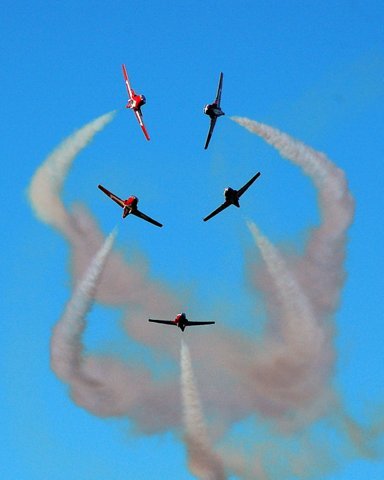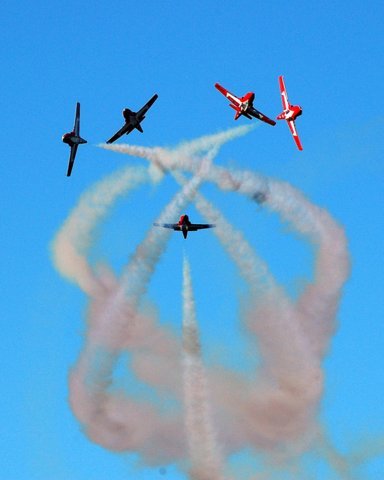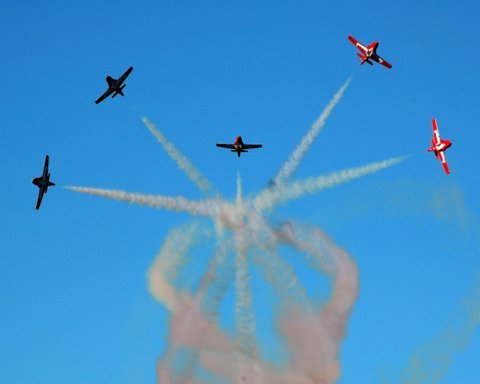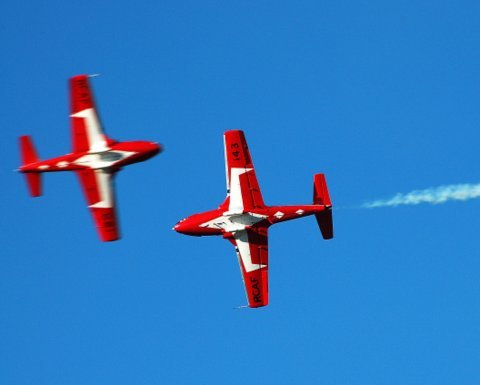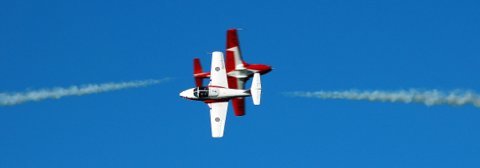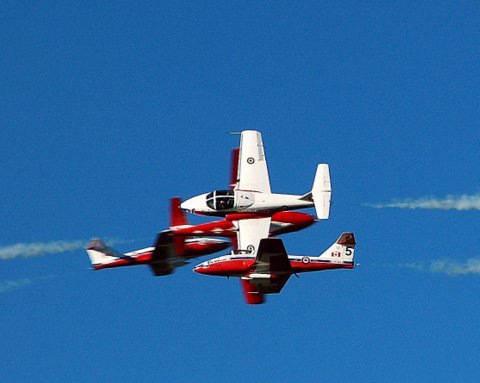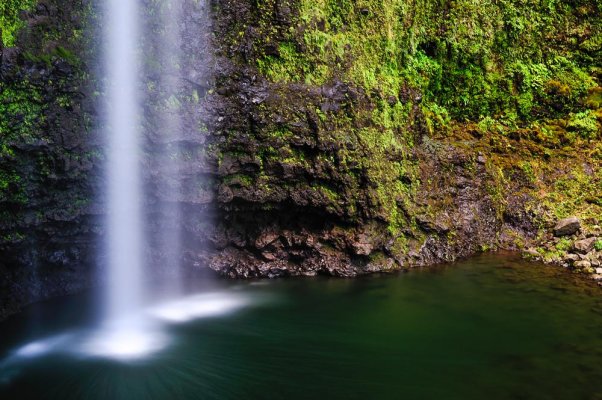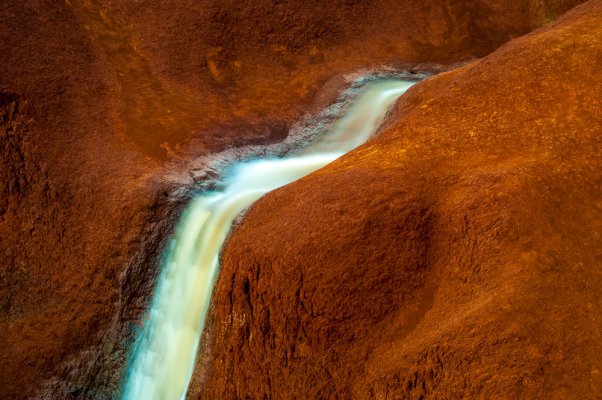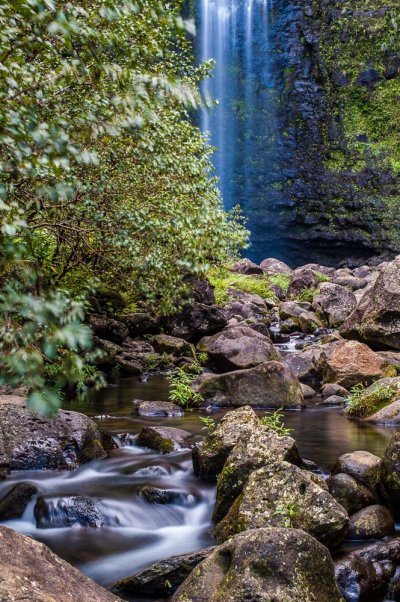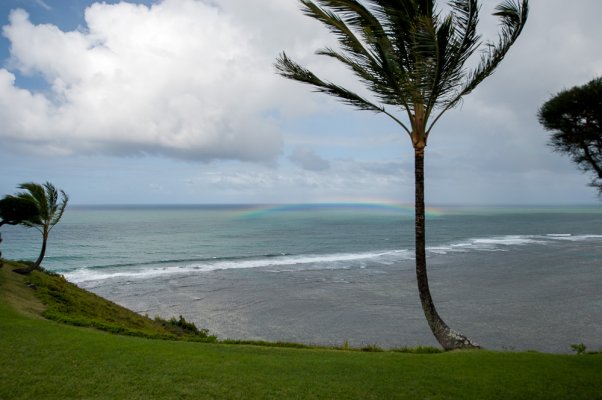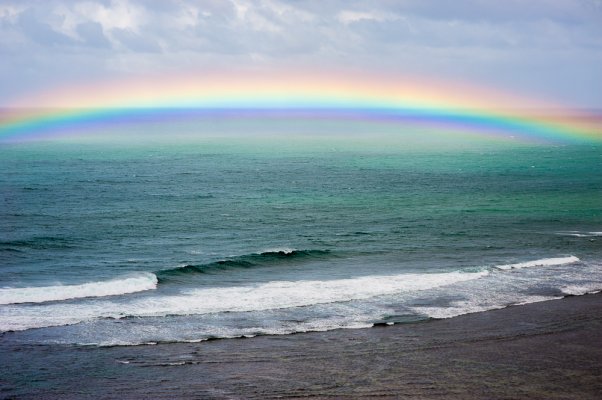workerdrone
Well-known member
If you love capturing the moment in time, I guess there are two schools - the machine gunners and the time-the-moment guys.
Machine gunning is typically a derogatory term but I'm not sure it should be. One of the joys of digital is the ability to hold that shutter button down without the expense of lots of frames of film.
I'm an SLR guy and this has been strictly an SLR specialty until recently. But newer point 'n shoots have the ability to fire off 60 frames per second and the like. I haven't tried them and it sounds intriguing, enabled by the 'mirrorless' technology they use.
SLR's traditionally excel at shooting things that move, with 6 frames per second a very typical rate and 10-12 fps typical of pro bodies like Canon 1D series or Nikon D3 and D4 series. All the while adjusting focus via predictive algorithms to give you a high percentage of 6-12fps in-focus shots on tough targets like motorcycles, birds in flight, sports....
Your desired subjects sound more in keeping with the time-the-moment school, where the most desirable camera feature is minimal shutter lag - you want the picture taken the instant the shutter is pressed so you can develop a feel for the timing. Again, SLR's have typically ruled here but mirrorless and point 'n shoots are improving. I find something like a camera phone or lesser point 'n shoot really irritating here, where you see the shot, press the shutter, and some time later, when the camera decides it's in focus and the planets have aligned, it takes the picture. Well after the moment is gone.
Again, I'm personally a big fan of buying used; if it ain't broke when you buy it, chances are it will continue to function 100% until it's so obsolete you want to move on. Chances are, YMMV.
And you should generally plan on losing money on cameras or SLR bodies since tech changes so fast. But if you go the SLR route, you can often score lenses that will hold or appreciate in value while you own them. Mostly a function of our depreciating dollar but that's a whole 'nother discussion Good glass changes much more slowly and manufacturers just keep raising prices year after year on basically the same lenses, which keeps the used market very healthy.
Good glass changes much more slowly and manufacturers just keep raising prices year after year on basically the same lenses, which keeps the used market very healthy.
Machine gunning is typically a derogatory term but I'm not sure it should be. One of the joys of digital is the ability to hold that shutter button down without the expense of lots of frames of film.
I'm an SLR guy and this has been strictly an SLR specialty until recently. But newer point 'n shoots have the ability to fire off 60 frames per second and the like. I haven't tried them and it sounds intriguing, enabled by the 'mirrorless' technology they use.
SLR's traditionally excel at shooting things that move, with 6 frames per second a very typical rate and 10-12 fps typical of pro bodies like Canon 1D series or Nikon D3 and D4 series. All the while adjusting focus via predictive algorithms to give you a high percentage of 6-12fps in-focus shots on tough targets like motorcycles, birds in flight, sports....
Your desired subjects sound more in keeping with the time-the-moment school, where the most desirable camera feature is minimal shutter lag - you want the picture taken the instant the shutter is pressed so you can develop a feel for the timing. Again, SLR's have typically ruled here but mirrorless and point 'n shoots are improving. I find something like a camera phone or lesser point 'n shoot really irritating here, where you see the shot, press the shutter, and some time later, when the camera decides it's in focus and the planets have aligned, it takes the picture. Well after the moment is gone.
Again, I'm personally a big fan of buying used; if it ain't broke when you buy it, chances are it will continue to function 100% until it's so obsolete you want to move on. Chances are, YMMV.
And you should generally plan on losing money on cameras or SLR bodies since tech changes so fast. But if you go the SLR route, you can often score lenses that will hold or appreciate in value while you own them. Mostly a function of our depreciating dollar but that's a whole 'nother discussion

